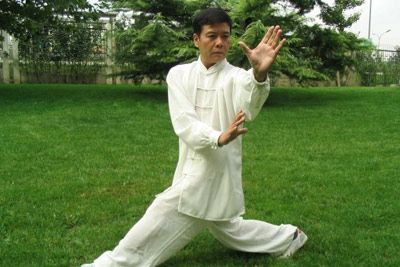Simatai Great Wall Scenic Area
The Simatai Great Wall is located in Gubeikou Town in the northeast of Miyun District, Beijing. It starts from Wangjing Tower in the east and ends at Houchuankou in the west. It is 5.4 kilometers long and has 35 watchtowers. The whole section of the Great Wall is ingeniously conceived, uniquely designed, novel in structure, and of various shapes. There are both the common "city wall type" and the "half-side wall type" built to adapt to the mountain terrain of cliffs; there are both horse trails that stretch along the gentle slope and "ladders to the sky" stacked with large steps on the steep slope. It has the five unique characteristics of "dangerous, dense, strange, clever, and complete". The Simatai Reservoir divides the Great Wall into two sections, east and west. There are 16 watchtowers in the east section and 18 in the west section. The watchtowers are dense, varied in form, and different in structure. The average distance between the towers is only 140 meters, which is extremely magnificent. There are two most prominent watchtowers on the peak of the eastern section of the Great Wall, namely the Fairy Tower and the Wangjing Tower. In particular, the Wangjing Tower is built on a steep peak with an altitude of 1,000 meters, with excellent views and a view of Beijing City from a distance. Simatai Great Wall was listed as a World Heritage Site in 1987. It is a national key cultural relic protection unit and the only ancient architectural site in my country that retains its original appearance from the Ming Dynasty. Simatai Great Wall is divided into two sections, east and west, by Yuanyang Lake. Yuanyang Lake is formed by the confluence of hot springs that flow all year round at 37°C and cold springs that are freezing cold, making the lake water half cold and half warm. In the severe winter, the lake is still rippling with blue waves and mist rising. The highest point of the Great Wall is the "Fairy Tower", which requires climbing the "ladder to heaven". The ladder to heaven is 100 meters high, with a slope of 85 degrees, almost vertical, and it is impossible to conquer it without courage. Looking up, the brick and stone steps are only wide enough for feet, with steep cliffs on both sides. The step in the middle is as thin as a line, as thin as a blade, and as steep as a stand. People can't help but sigh and take a breath of cold air when looking at the ladder. Climbing up the Fairy Tower, the scenery is indeed more magnificent and beautiful. Looking down at the cliffs under your feet, they are as sharp as a knife and an axe. A few wisps of mist hang on the cliffs, making them even more steep and dangerous. The Jinshanling Great Wall and the Simatai Great Wall in the northwest are integrated into one, just like a dragon about to take off. The enemy towers of different sizes and shapes on the Great Wall are built on various commanding heights just right, majestic, cold and upright. The entire section of the Great Wall is perfect and harmonious, magnificent, and shows its ingenuity, strangeness, majesty and magnificence everywhere. Look at the continuous Yanshan Mountains surging up, stacking up countless fantasies; look at the boundless North China Plain, which stretches all the way to the horizon as far as the eye can see. In this broad and strange scenery, one can't help but imagine.
